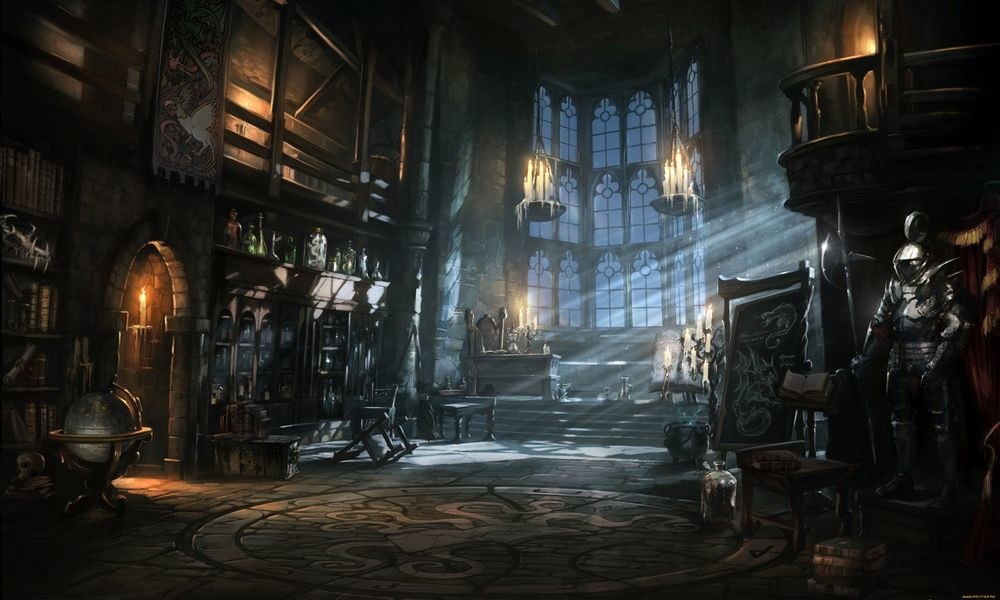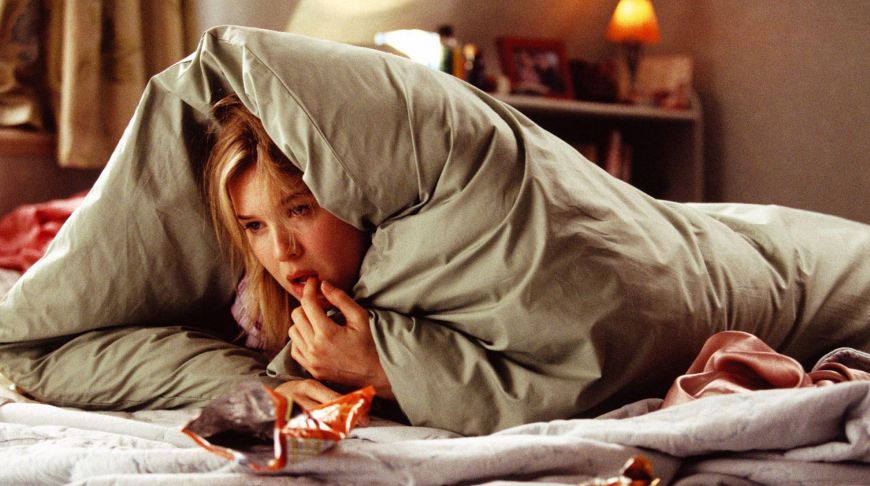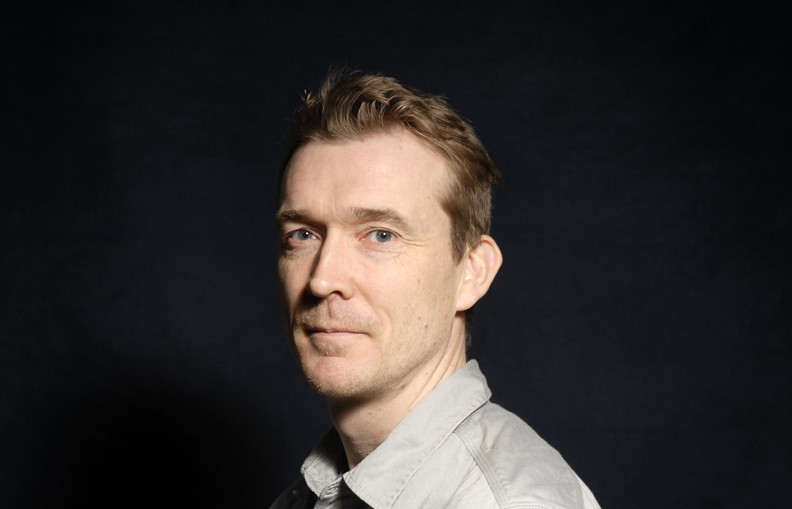Дуэль нейрохирургов. Как открывали тайны мозга, и почему смерть одного короля смогла перевернуть науку - Сэм Кин
Книгу Дуэль нейрохирургов. Как открывали тайны мозга, и почему смерть одного короля смогла перевернуть науку - Сэм Кин читаем онлайн бесплатно полную версию! Чтобы начать читать не надо регистрации. Напомним, что читать онлайн вы можете не только на компьютере, но и на андроид (Android), iPhone и iPad. Приятного чтения!
Шрифт:
Интервал:
Закладка:
6. Martin, Graham. «The Death of Henry II of France: A sporting death and post– mortem». ANZ Journal of Surgery 71, issue 5 (2001): 318–20.
7. Milburn, C. H. «An Address on Military Surgery of the Time of Ambroise Pare and That of the Present Time». British Medical Journal 1, no. 2112 (1901): 1532–35.
8. Miller, Greg. «Blast Injuries Linked to Neurodegeneration in Veterans». Science 336, no. 6083 (2012): 790–91.
9. O’Malley, Charles Donald. Andreas Vesalius of Brussels, 1514–1564. Berkeley,
10. Calif.: University of California Press, 1964.
11. O’Malley, Charles Donald, and J. B. De C. M. Saunders, «The ‘Relation’ of Andreas Vesalius on the Death of Henry II of France». Journal of the History of Medicine and Allied Sciences 3, no. 1 (1948): 197–213.
12. Princess Michael of Kent. The serpent and the moon: two rivals for the love of a Renaissance king. New York: Simon & Schuster, 2004.
13. Rose, F. Clifford. «The History of Head Injuries: An overview». Journal of the History of the Neurosciences 6, no. 2 (1997): 154–80.
14. Simpson, D. «Pare as a Neurosurgeon». The Australian and New Zealand Journal of Surgery 67, no. 8 (1997): 540–46.
15. Strathern, Paul. A brief history of medicine: from Hippocrates to gene therapy. New York: Carroll & Graf, 2005.
16. Vesalius, Andreas, and J. B. de C. M. Saunders. The illustrations from the works of Andreas Vesalius of Brussels. Cleveland, Ohio: World, 1950.
Глава 2 Суп для убийцы
1. Ackerman, Kenneth D. Dark horse: the surprise election and political murder of President James A. Garfield. New York: Carroll & Graf, 2003.
2. De Carlos, Juan A., and Jose Borrell. «A Historical Reflection of the Contributions of Cajal and Golgi to the Foundations of Neuroscience». Brain Research Reviews 55, no. 1 (2007): 8–16.
3. Everett, Marshall. Complete life of William McKinley and story of his assassination. Cleveland, Ohio: N. G. Hamilton, 1901.
4. Finger, Stanley. Minds behind the brain: a history of the pioneers and their discoveries. Oxford: Oxford University Press, 2000.
5. Goldberg, Jeff. Anatomy of a scientific discovery. New York: Bantam Books, 1989.
6. Guiteau, Charles Julius, and C. J. Hayes. A complete history of the trial of Guiteau
7. Аssassin of President Garfield. Philadelphia: Hubbard Bros., 1882.
8. Haines, D. E. «Spitzka and Spitzka on the Brains of the Assassins of the Presidents». Journal of the History of the Neurosciences 4, no. 3/4 (1995): 236–66.
9. Johns, A. Wesley. The man who shot McKinley. South Brunswick, N.J.: A. S. Barnes, 1970.
10. Loewi, Otto. An autobiographic sketch. Chicago: University of Chicago, 1960.
11. Marcum, James A. «‘Soup’ vs. ‘Sparks’: Alexander Forbes and the synaptic transmission controversy». Annals of Science 63, no. 2 (2006): 139–56.
12. Menke, Richard. «Media in America, 1881: Garfield, Guiteau, Bell, Whitman». Critical Inquiry 31, no. 3 (2005): 638–64.
13. Miller, Scott. The President and the assassin: McKinley, terror, and empire at the dawn of the American century. New York: Random House, 2011.
14. Paulson, George. «Death of a President and his Assassin – Errors in Their Diagnosis and Autopsies». Journal of the History of the Neurosciences 15, no. 2 (2006): 77–91.
15. Peskin, Allan. «Charles Guiteau of Illinois, President Garfield’s Assassin». Journal of the Illinois State Historical Society 70, no. 2 (1977): 130–39.
16. Rapport, Richard L. Nerve endings: the discovery of the synapse. New York: W. W. Norton, 2005.
17. Rauchway, Eric. Murdering McKinley: the making of Theodore Roosevelt’s America. New York: Hill and Wang, 2003.
18. Sourkes, Theodore L. «The Discovery of Neurotransmitters, and Applications to Neurology». Handbook of Clinical Neurology 95, no. 1 (2009): 869–83.
19. University at Buffalo Libraries. «Pan-American Exposition of 1901». http://library.buffalo.edu/pan-am/ (accessed November 4, 2013).
20. Valenstein, Elliot S. The war of the soups and the sparks. New York: Columbia University Press, 2005.
21. Vowell, Sarah. Assassination vacation. New York: Simon & Schuster, 2005.
Глава 3 Прокладываем путь – и перекладываем
1. Brang, David, and V. S. Ramachandran. «Survival of the Synesthesia Gene: Why do people hear colors and taste words?” PLoS Biology 9, no. 11 (2011):1–5.
2. Finkel, Michael. «The Blind Man Who Taught Himself to See». Men’s Journal, March 2011. http://www.mensjournal.com/magazine/the-blind-man-who-taught-himself-to-see-20120504 (accessed November 4, 2013).
3. Fisher, Madeline. «Balancing Act». On Wisconsin. http://www.uwalumni.com/home/onwisconsin/archives/spring2007/balancingact.aspx (accessed November 4, 2013).
4. Hofmann, Albert. LSD, my problem child. New York: McGraw-Hill, 1980.
5. Holman, James. A voyage round the world: including travels in Africa, Asia, Australasia, America, etc. etc. from MDCCCXXVII to MDCCCXXXII. London: Smith, Elder, 1834.
6. Roberts, Jason. A sense of the world. New York: Harper Perennial, 2007.
Глава 4 Угроза для мозга
1. Alexander, Caroline. «Faces of War». Smithsonian. February 2007. http://www.smithsonianmag.com/history-archaeology/mask.html (accessed November 4, 2013).
2. Caramazza, Alfonso, and Jennifer R. Shelton. «Domain-Specific Knowledge Systems in the Brain». Journal of Cognitive Neuroscience 10, no. 1 (1998): 1–34.
3. Dubernard, Jean-Michel. «Outcomes 18 Months after the First Human Partial Face Transplant». The New England Journal of Medicine 357, no. 24 (2007): 2451–60.
4. Glickstein, Mitchell, and David Whitteridge. «Tatsuji Inouye and the Mapping of the Visual Fields on the Human Cerebral Cortex». Trends in Neurosciences 10, no. 9 (1987): 349–52.
5. Glickstein, Mitchell. «The Discovery of the Visual Cortex». Scientific American. September 1988: 118–27.
6. Hubel, David H. Eye, brain, and vision. New York: Scientific American Library, 1988.
Прочитали книгу? Предлагаем вам поделится своим отзывом от прочитанного(прослушанного)! Ваш отзыв будет полезен читателям, которые еще только собираются познакомиться с произведением.
Уважаемые читатели, слушатели и просто посетители нашей библиотеки! Просим Вас придерживаться определенных правил при комментировании литературных произведений.
- 1. Просьба отказаться от дискриминационных высказываний. Мы защищаем право наших читателей свободно выражать свою точку зрения. Вместе с тем мы не терпим агрессии. На сайте запрещено оставлять комментарий, который содержит унизительные высказывания или призывы к насилию по отношению к отдельным лицам или группам людей на основании их расы, этнического происхождения, вероисповедания, недееспособности, пола, возраста, статуса ветерана, касты или сексуальной ориентации.
- 2. Просьба отказаться от оскорблений, угроз и запугиваний.
- 3. Просьба отказаться от нецензурной лексики.
- 4. Просьба вести себя максимально корректно как по отношению к авторам, так и по отношению к другим читателям и их комментариям.
Надеемся на Ваше понимание и благоразумие. С уважением, администратор knigkindom.ru.
Оставить комментарий
-
 машаМ13 декабрь 06:46
В целом неплохо хотя очень мало динамики.лишь конец романа был очень волнующим....
Оставь для меня последний танец - Мэри Хиггинс Кларк
машаМ13 декабрь 06:46
В целом неплохо хотя очень мало динамики.лишь конец романа был очень волнующим....
Оставь для меня последний танец - Мэри Хиггинс Кларк
-
 Гость Анна12 декабрь 20:33
Не советую, скучновато, стандартно...
История «не»мощной графини - Юлия Зимина
Гость Анна12 декабрь 20:33
Не советую, скучновато, стандартно...
История «не»мощной графини - Юлия Зимина
-
 Гость Наталья10 декабрь 21:32
Книга прекрасная! Удовольствие получила просто нереальное! Здесь есть всё: запоминающиеся герои, приключения и, конечно, любовь!...
Единственная для оборотня и теща в нагрузку - Франциска Вудворт
Гость Наталья10 декабрь 21:32
Книга прекрасная! Удовольствие получила просто нереальное! Здесь есть всё: запоминающиеся герои, приключения и, конечно, любовь!...
Единственная для оборотня и теща в нагрузку - Франциска Вудворт










